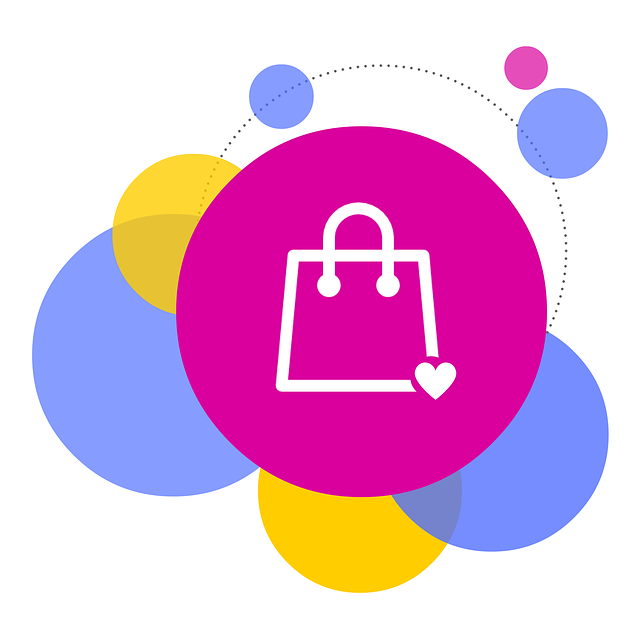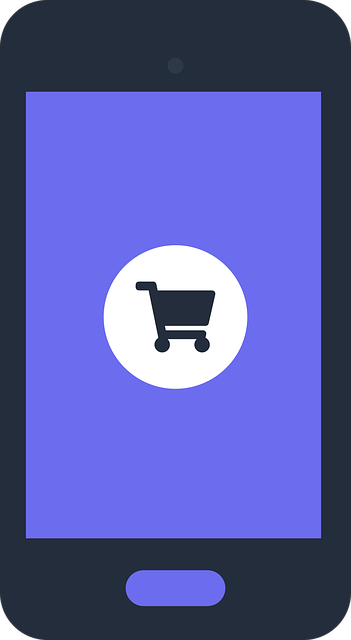An ecommerce AI chatbot is a powerful tool for enhancing customer interactions, boosting sales, and optimizing operations. By leveraging natural language processing (NLP), these chatbots provide instant, personalized assistance, guide shoppers through purchases, offer tailored product recommendations, and improve response times, availability, and customization, thereby elevating customer satisfaction. They also gather valuable insights to refine products and services while reducing the workload on human support agents. To maximize benefits, define the chatbot's purpose, understand target audience needs, select appropriate technology, design effective conversations, rigorously test, and continuously optimize its performance based on user feedback and technological advancements.
Building an effective eCommerce AI chatbot is a powerful strategy for enhancing customer engagement and driving sales. This comprehensive guide delves into the step-by-step process of creating a sophisticated chatbot tailored for your business needs. From understanding the role and benefits of an eCommerce AI chatbot to defining its purpose and target audience, choosing the right technology, designing conversational flows, and optimizing performance, each section equips you with the knowledge to succeed in today’s competitive market.
- Understanding the Ecommerce AI Chatbot: Its Role and Benefits
- Defining Your Chatbot's Purpose and Target Audience
- Choosing the Right Technology and Development Tools
- Designing Conversational Flows and User Interactions
- Testing, Implementing, and Optimizing Your Chatbot
Understanding the Ecommerce AI Chatbot: Its Role and Benefits

An ecommerce AI chatbot is a powerful tool that enhances customer interactions and drives sales. Its primary role is to assist online shoppers, providing instant answers to their queries and guiding them through the purchasing process. By leveraging artificial intelligence, these chatbots can understand natural language inputs, offering personalized product recommendations based on user behavior and preferences.
The benefits of implementing an ecommerce AI chatbot are significant. They improve customer satisfaction by reducing response times, ensuring 24/7 availability, and delivering tailored experiences. Moreover, they help in gathering valuable customer insights, allowing businesses to refine their products and services accordingly. With their ability to handle multiple conversations simultaneously, these chatbots also alleviate the workload on human customer service agents.
Defining Your Chatbot's Purpose and Target Audience

Defining your chatbot’s purpose is a crucial step in its development, especially for an ecommerce AI chatbot. Before you begin programming, consider what specific tasks you want your chatbot to perform. Do you envision it as a customer service representative, a product recommendation engine, or both? A well-defined role ensures your chatbot is tailored to meet the needs of your target audience—whether they’re existing customers looking for support or prospective buyers exploring products.
Understanding your target audience is key to crafting an effective ecommerce AI chatbot. Consider their demographics, preferences, and pain points. For instance, if you’re targeting tech-savvy millennials, your chatbot might need to incorporate trending language and offer quick, concise answers. Conversely, a chatbot designed for baby boomer shoppers could focus on providing detailed product descriptions and ensuring a more personalized shopping experience.
Choosing the Right Technology and Development Tools

When building an ecommerce AI chatbot, selecting the right technology and development tools is paramount. Start by evaluating your platform requirements. For instance, if your focus is on enhancing customer support, natural language processing (NLP) libraries like NLTK or spaCy, along with conversational AI frameworks such as Dialogflow or Rasa, can be powerful options. These tools provide pre-built functionalities for understanding and generating human-like text, crucial for seamless interactions.
Consider also the integration capabilities of your chosen technology with your existing ecommerce system. Look for platforms that offer smooth synchronization with popular shopping carts and customer relationship management (CRM) software. This ensures that your chatbot can access essential data like product information, order status, and customer profiles, enabling it to provide personalized recommendations and support.
Designing Conversational Flows and User Interactions

When designing conversational flows for an ecommerce AI chatbot, it’s crucial to understand user intent and anticipate various interaction paths. Start by mapping out common customer journeys—from product discovery to checkout—and identify potential touchpoints where a chatbot can offer assistance. This involves creating branching dialogues that adapt based on user responses, ensuring a natural and engaging conversation.
For instance, an ecommerce chatbot might begin by greeting the user and offering product recommendations. Depending on the customer’s interest or inquiries, the conversation can branch into specific categories like “clothing” or “electronics,” providing detailed information, answering questions, and guiding them towards making a purchase. Effective conversational design involves balancing automation with personalisation to create a seamless and satisfying user experience.
Testing, Implementing, and Optimizing Your Chatbot

After developing your ecommerce AI chatbot, rigorous testing is essential before implementing it on your live website. This phase involves simulating various user interactions and scenarios to ensure the chatbot provides accurate and helpful responses. Use both automated tools and manual testing to identify potential issues, such as incorrect information or awkward phrasing. Implement a robust feedback loop where users can report problems they encounter during their interactions with the chatbot.
Once your ecommerce AI chatbot is deployed, continuous optimization is key to enhancing its performance and user satisfaction. Regularly monitor conversation logs to identify common user queries and areas where the chatbot struggles. Use these insights to refine response scripts, expand knowledge bases, and retrain models using new data sets. Additionally, stay updated with advancements in natural language processing (NLP) technologies to integrate cutting-edge features that further elevate your chatbot’s capabilities.
Building an effective eCommerce AI chatbot involves a strategic approach from understanding its role in enhancing customer interactions to choosing the right technology. By clearly defining your chatbot’s purpose and target audience, designing intuitive conversational flows, and continuously testing and optimizing, you can create a powerful tool that drives sales, improves support, and fosters brand loyalty. An ecommerce ai chatbot is not just a trend but a game-changer in providing personalized and efficient customer experiences.
